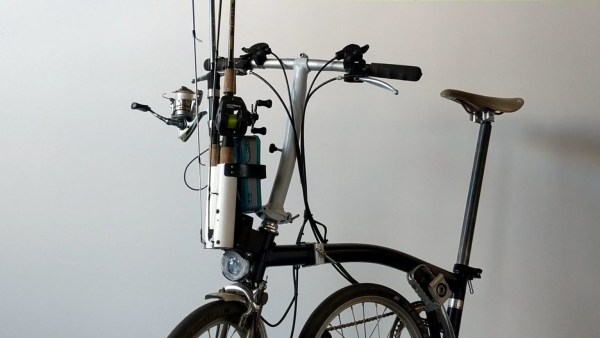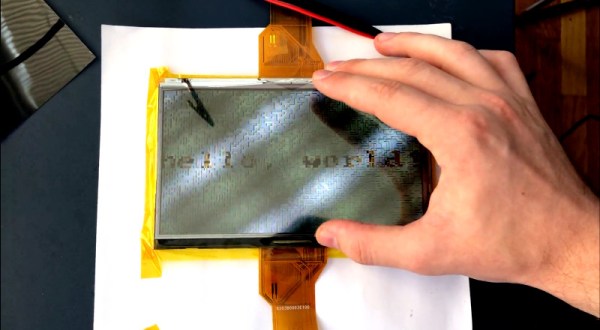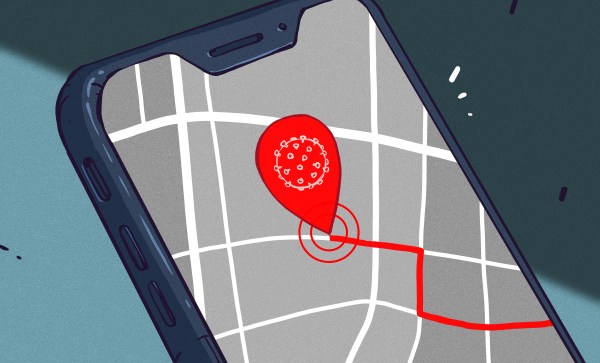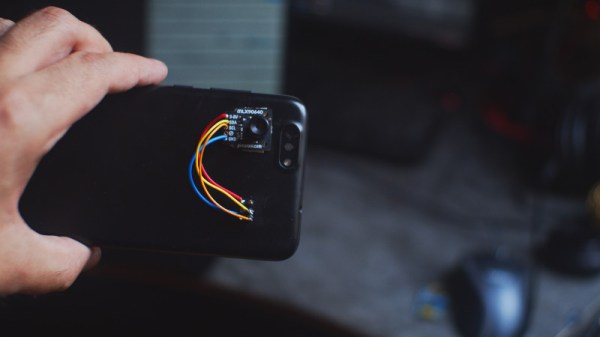For many of us, this whole pandemic thing has produced some unexpected upsides. One of [George Turvey]’s was finding a nice new scenic route to work that goes by a lake with bike trails. [George] thought it might be nice to go fishing after work, and use a folding bike to cover a lot of ground while looking for good spots on the shore. There was just one problem — riding a bike while transporting tackle is awkward.
The bike comes with a front mount that’s meant to hold the special bags they make, so that became square one for designing a rod and tackle holder. Then [George] had to weigh the pros and cons of additive vs. subtractive methods for prototyping the holder, or at least the connection between it and the mount on the bike.
Milling won out, at least for the initial proof of concept, and result is a modular mock-up that combines a milled Kydex connector and tackle box holder with a double-barrel PVC rod holder. This way, [George] had a prototype in a fraction of the time it would have taken to design and print it. Cast your line past the break to see how fast [George] can switch gears into fishing mode.
3D printing definitely has a place in the fishing world. How else are you gonna design your own lures?
Continue reading “Hack A Folding Bike To Help You Catch Some Pike”


















